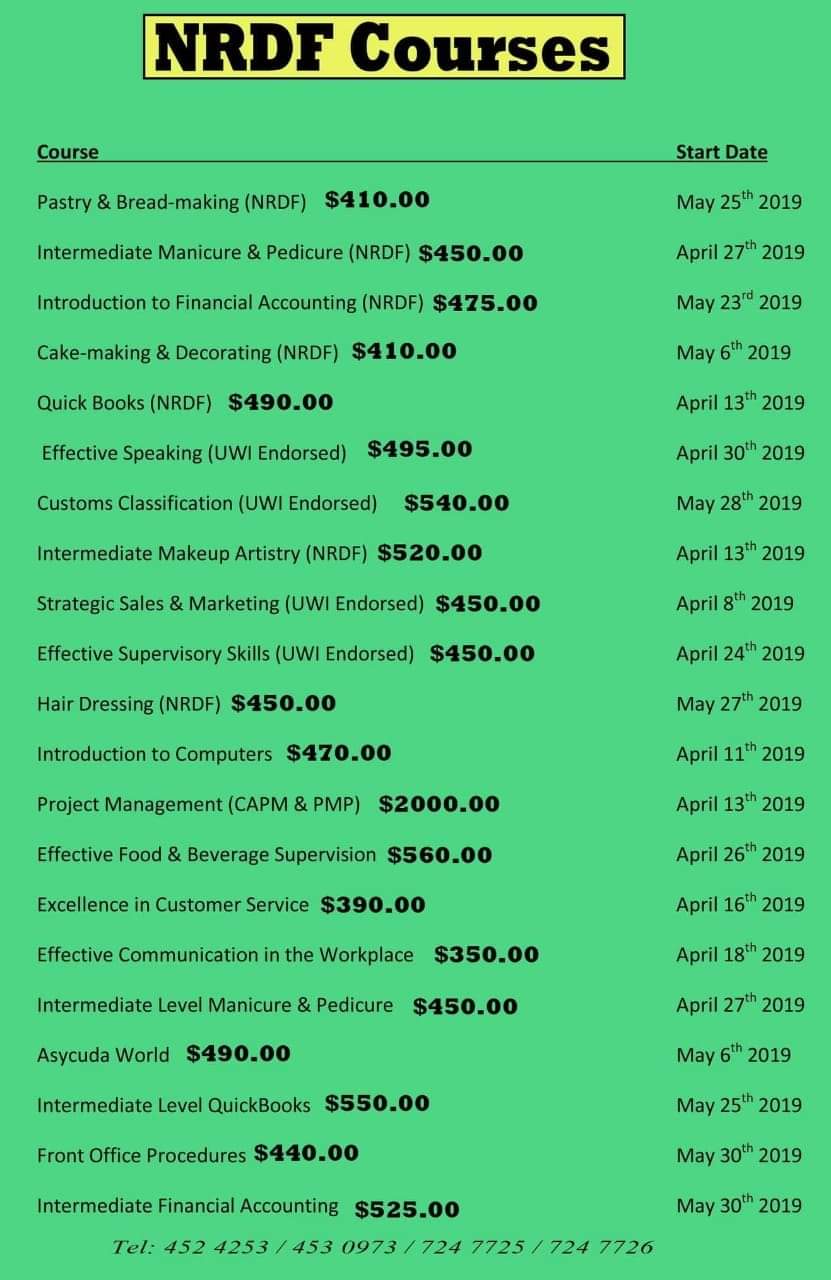
9th April 2019
Facebook is using AI to map population density around the world
[apss_share]

By The Verge
The Verge - Facebook has always been a company with global ambition, but few projects illustrate this better than its ongoing attempt to map the world’s population density using AI.
The company first unveiled this work back in 2016 when it created maps for 22 nations. Today, it expanded that with new maps that cover the “majority” of Africa. “The project will eventually map nearly the whole world’s population,” Facebook said in a blog post.
As Facebook explains, creating maps like this is a challenging job for humans. Although we have high-resolution satellite imagery that covers pretty much every corner of the globe, turning this into useful information is a time-consuming process. To create population density maps, for example, humans have to label each building in the images, then cross-reference this with census data. This is particularly tricky in the African continent where census tracts can cover regions as large as 150,000 square miles but contain just 55,000 people.
Luckily, this sort of task — tedious but simple — is perfect for AI. To automate this process, Facebook’s engineers used data from open-source mapping project Open Street Map to train a computer vision system that can recognize buildings in satellite imagery. They then used this to remove the vast majority of the satellite data that showed unoccupied land.
Facebook says its new machine learning systems are quicker and more accurate than those it announced in 2016. To map the African continent, its programs crunched through some 11.5 billion 64 x 64-pixel images. They verified the work with help from researchers from the Center for International Earth Science Information Network (CIESIN) at Columbia University.
“Rigorous evaluations — both on the ground and through high-resolution satellite imagery — by our internal teams and through third-party partners have confirmed the unprecedented accuracy of our initial release,” said Facebook, “and we have made significant improvements on our already state-of-the-art results over the past two years.”
The question of what Facebook does with all of this data is an interesting one. In today’s announcement, the company has emphasized the humanitarian applications.
It will be releasing its maps free of charge for anyone to use in the coming months, and it notes that data like this is a boon for disaster relief and vaccination schemes. Population density maps help teams with limited resources target the areas where they can be most effective, and Facebook’s data has already been used for these purposes by the American Red Cross.
Such data also has obvious commercial applications as well. When Facebook unveiled this mapping project in 2016, it presented it not as a humanitarian effort, but as a way to “connect the unconnected.” In other words, it wanted to sign up more people to the internet and to Facebook. Through projects like solar-powered internet drones and subsidized carrier networks, Facebook is looking for ways to connect the next billion customers. Knowing exactly where people live in the world will surely help the company with that aim.
While this sort of global expansion used to be seen as benign, perhaps even benevolent, the public has become more aware in recent years of Facebook’s harmful effect on new markets. Its inability to control fake news and hate speech on its platforms has incubated mob violence in India and genocide in Myanmar. So while the data created with this mapping project will certainly help worthy causes, Facebook’s broader global expansion has decidedly mixed effects.
[apss_share]



